
|
|
|
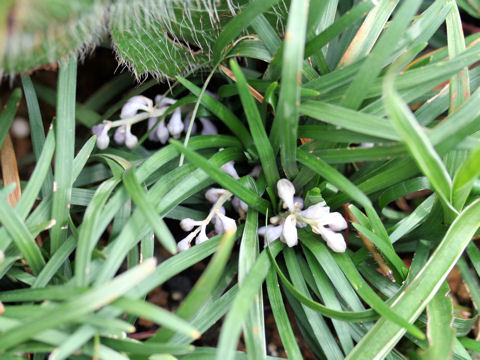 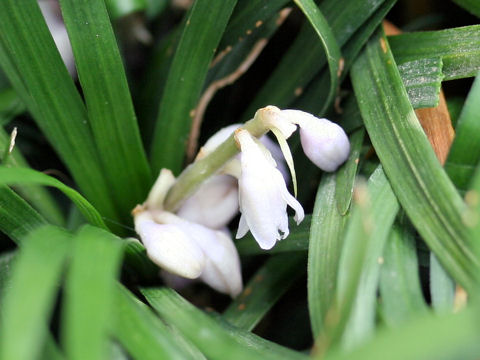 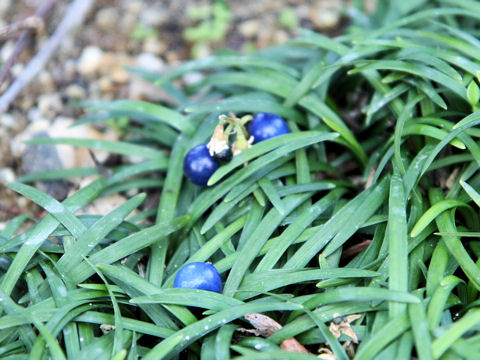 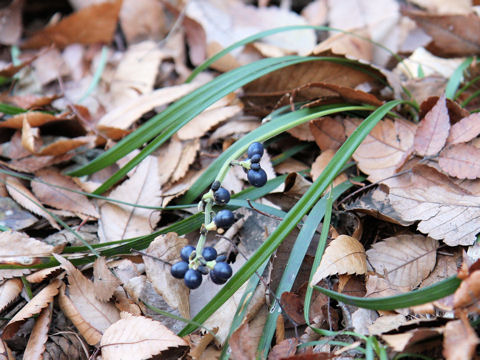 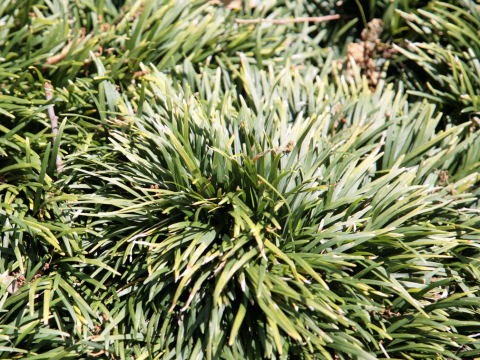 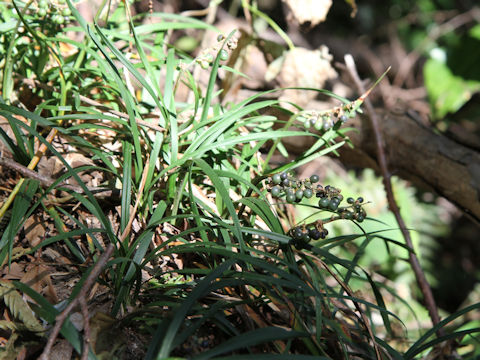 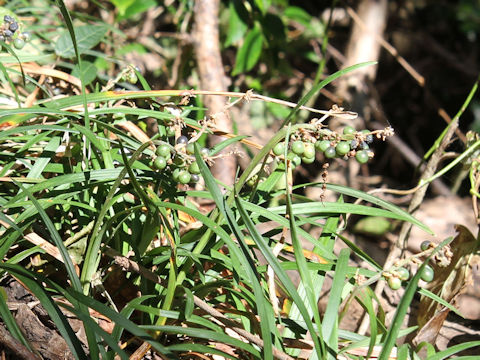 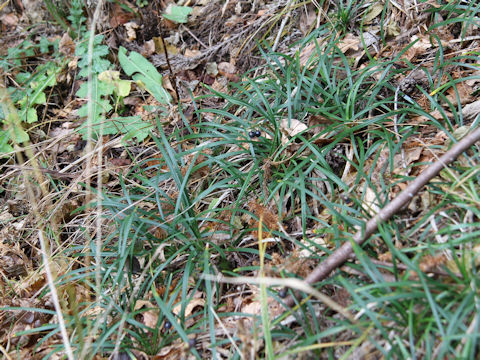 |
|
|
|
わが国の各地をはじめ、台湾や朝鮮半島、中国に分布しています。山野の林内に生え、高さは10〜20センチになります。葉は線形で根生します。7月から8月ごろ、花茎を伸ばして総状花序をつけ、白色または淡紫色の花を咲かせます。丸く青紫色の果実のように見えるのは種子です。別名で「りゅうのひげ(竜の髭)」とも呼ばれます。台湾華語では「間型沿階草」、中国語では「麦冬(mai dong)」です。 |
|
|
ユリ科ジャノヒゲ属の常緑多年草で、学名は Ophiopogon japonicus。英名は Dwarf mondo grass。 |
|
|
The Dwarf mondo grass (Ophiopogon japonicus) belongs to Liliaceae (the Lily family). It is a perennial evergreen herb that is distributed throughout Janan and Taiwan, the Korean Peninsula, China. This herb grows in the forests and can reach 10-20 cm in height. The laeves are linear and radicle. The white to pale violet flowers come on the terminal racemes from July to August. The fruit-like seeds ripen in bluish purple. In Taiwanese Chinese, it is called "間型沿階草" and "麦冬" (mai dong) in Chinese. |
|
|
[上・中1] 大阪府四條畷市清滝中町にて、2006年07月07日撮影。 [中2] 愛知県名古屋市守山区「東谷山フルーツパーク」にて、2007年01月12日撮影。 [中3] 群馬県安中市「小根山森林公園」にて、2009年01月25日撮影。 [中4] アメリカ・テキサス州「ダラス植物園」にて、2006年04月14日撮影。(photo by Jon Suehiro) [中5・中6] 東京都八王子市「高尾山」にて、2013年09月21日撮影。 [下] 福島県いわき市小川町にて、2013年12月14日撮影。 |

|
|
Shu Suehiro |